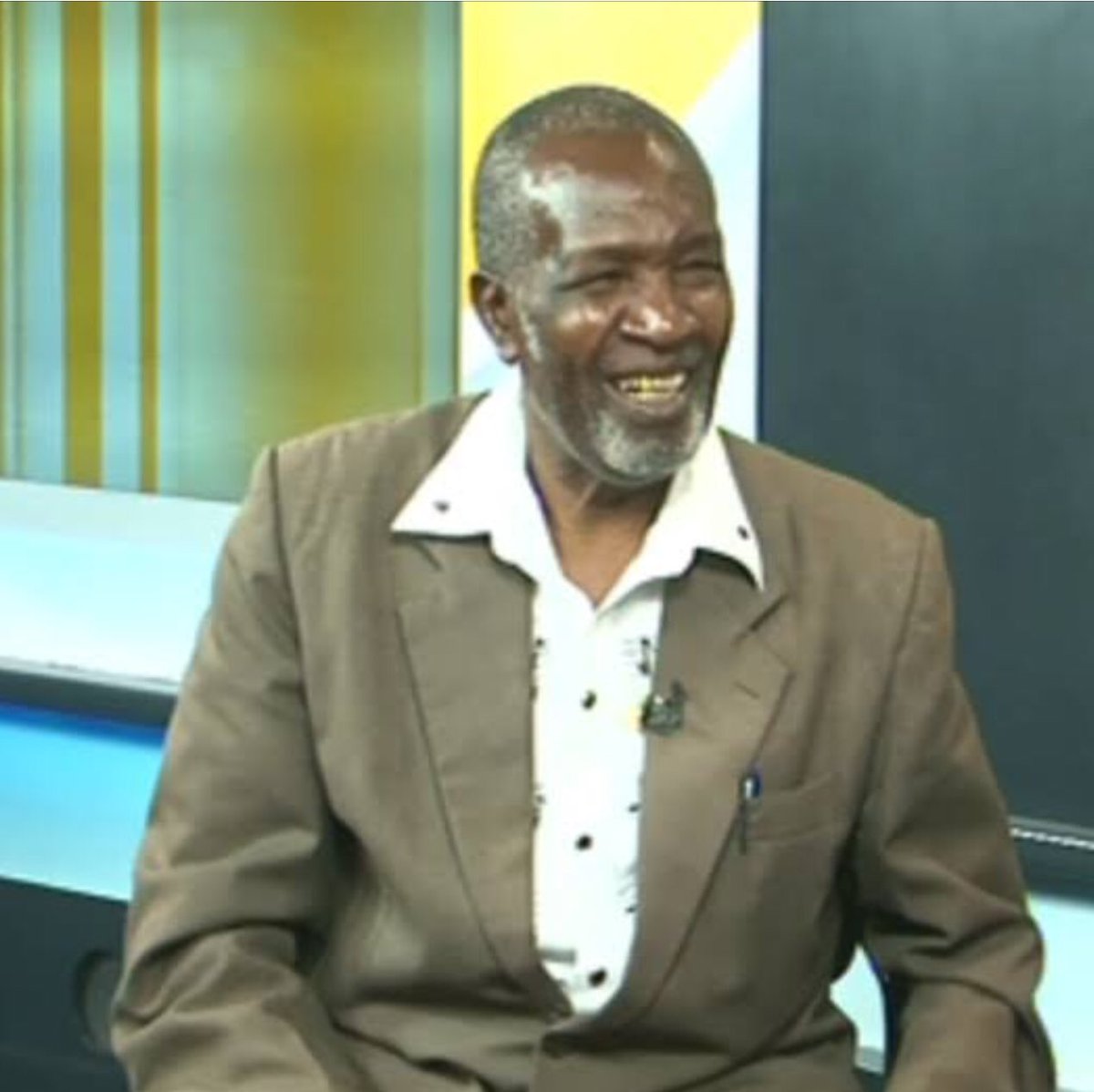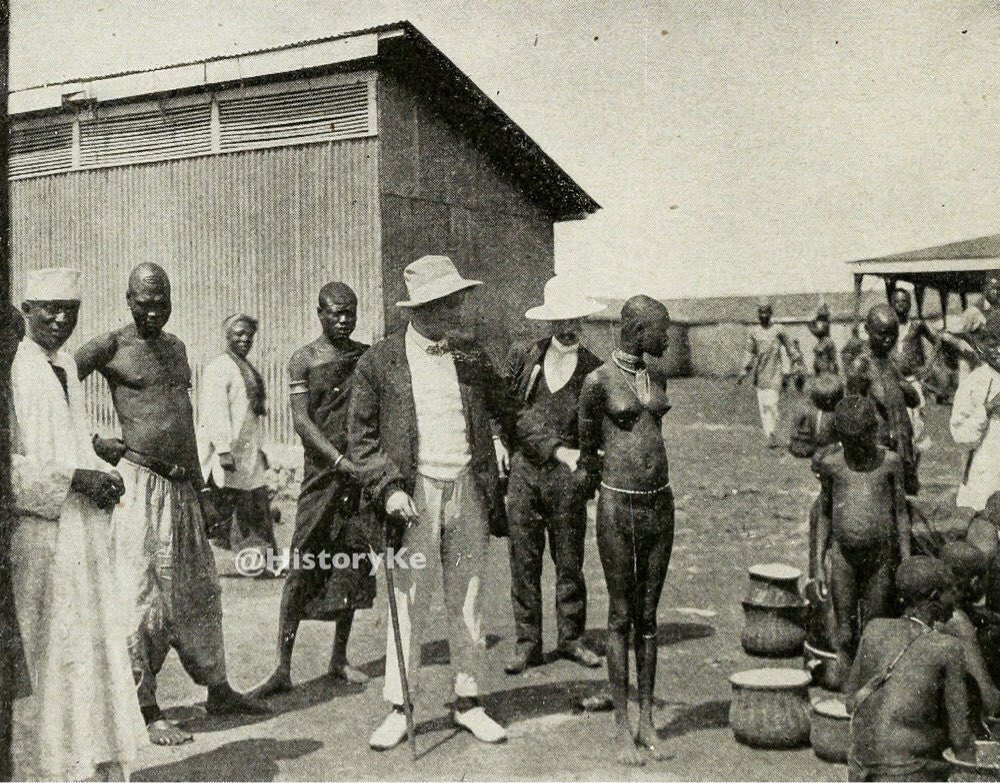#RIPJosephKamaru: The curtain falls on the life of legendary Gîkûyû benga musician Joseph Kamaru, following a long illness. 

This is the man whose debut 1969 hit track, Darling ya Mwarîmû (teacher’s darling), caused a storm in parliament and in the national teachers’ union, who threatened to go on strike.
It took Mzee Kenyatta’s intercession to put the storm to rest.
It took Mzee Kenyatta’s intercession to put the storm to rest.

He composed hundreds of gîkûyû songs throughout his lifetime. In 1989, he released the track Safari ya Japan shortly after his return from the Asian country, where he had accompanied Kamaru retired President Moi on a state visit.
You can read more on Kamaru’s life on informationcradle.com/kenya/joseph-k…
• • •
Missing some Tweet in this thread? You can try to
force a refresh












